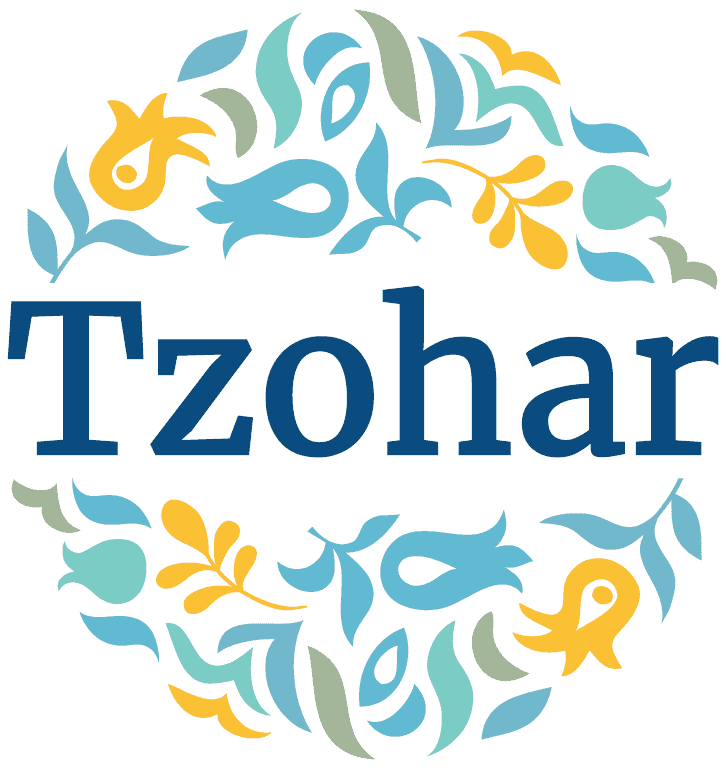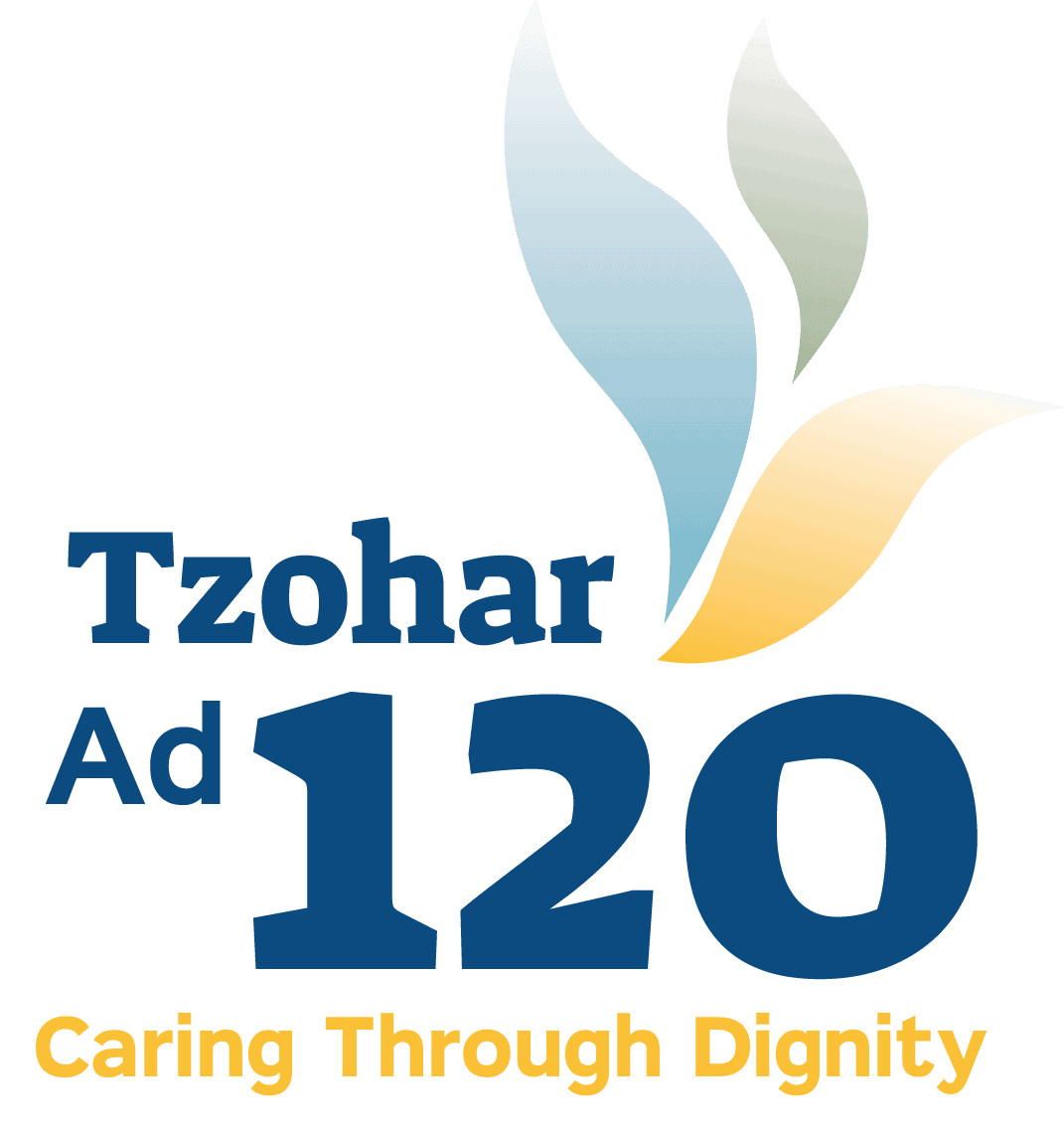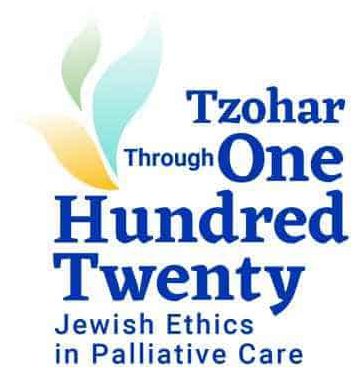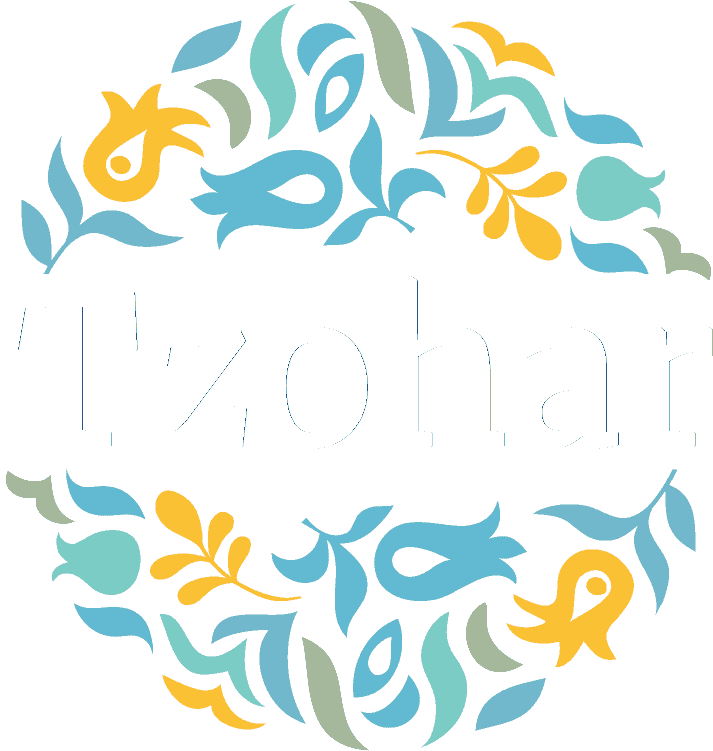The halakhic recognition of the transition to exclusively palliative care1, as well as the acceptance of the patient’s desire to refuse treatment, depend on the patient’s particular medical condition. The term “terminally ill patient” is a modern legal term not used in halakhic discourse. It is very difficult to define, both medically and in relation to the terms that halakha uses (such as gosses2, “ḥayyei sha’a,” and the like). It appears that the halakhic term “ḥayyei sha’a” best describes the medical term “terminally ill patient,” although halakha does not precisely define this concept. Some Aḥaronim who have analyzed this definition, albeit not in the direct context of the current discussion, point to a specific period of time, such as six-months or a year, while others define it in accordance with the physical condition of the person suffering from a life-shortening disease3.
When faced with the decision as to whether to prolong life or merely manage pain, the definition of the late Rabbi Avraham Yitzḥak Kook (1865–1935) (see footnote) is that “ḥayyei sha’a” refers to a situation in which the patient will almost certainly die from the disease, and the process of death has already begun even if it is gradual or drawn-out. A person in such a state is defined as a “terminally ill patient.” This definition does not disregard the dimension of time, but since it is extremely difficult to qualify in terms of a specific number of months, for both medical and halakhic reasons the focus is primarily on the patient’s medical condition. In this essay, a “terminally ill patient” is therefore referring to one suffering from an incurable medical problem which will shorten his life expectancy considerably, whereby he likely only has a few months or years to live. There are exceptions to this rule, such as a person suffering from dementia. Though the disease will eventually shorten his life, he is still expected to live for a long time.
According to Israeli law, a “terminally ill patient” is one who suffers from an incurable medical condition and whose life expectancy does not exceed six months, even with medical treatment. The law distinguishes this individual from an “end-stage patient” who has experienced multiple organ failure and whose life expectancy does not exceed two weeks. It should be noted that from a medical perspective as well, it is difficult to define a precise time-period in such situations4.
הערת שוליים
- Palliative care is supportive care for patients with life-threatening illness. The treatment focuses on relieving pain and suffering, and aims to enhance the patient’s quality of life as much as possible and to improve his present condition. Medical studies have shown that palliative care can provide relief to the patient and sometimes even prolong his life. We discussed this issue above, in Section One, chapter VI. See for example, the Encyclopedia of Medicine and Halakha, vol. 5, “A Terminally Ill Patient (a),” pp. 101–04; Pesach Shwartzman, Chapters in Palliative Care, March 2015, p. 5 (https://bit.ly/33oySp1). The halakhic discussion on palliative care appears below in footnote 48, as well as in other sources mentioned there.
- Even before the advent of modern medicine, it was difficult to define the term gosses, (literally “a person near death,”) and this is certainly the case in modern times with the advent of artificial respirators or ECMO life-support machines which enable a (relatively) protracted period of dying. This requires a separate discussion, which will have ramifications for what is permitted in a situation of long-term “dying.” See Encyclopedia of Medicine and Halakha, vol. 2, “A Terminally Ill Patient (a),” pp. 93–7; “A Terminally Ill Patient (b),” pp. 417–19; Nishmat Avraham, Yoreh De’a, 339:1). See also our comments in Rabbi Y. Cherlow, “Withholding Treatment from a Dying Baby Suffering from a ‘Group A Streptococcal Infection,’” Assia 85–6 (2009, pp. 51–3, and footnotes 6–7.
-
The term “ḥayyei sha’a” (loosely translated as “short-term life”) appears in two passages that deal with life-threatening situations. The Gemara in Yoma (85a) states that we desecrate Shabbat in order to rescue a person trapped under a rockslide, even for ḥayyei sha’a. In Avoda Zara (27b) the Gemara notes that an invalid whose life expectancy does not exceed ḥayyei sha’a may accept medical treatment from an idol-worshipper, despite the possibility that the latter might hurt him, as “we are not concerned about ḥayyei sha’a.” The two passages apparently contradict one another, as according to the Gemara in Yoma we desecrate Shabbat even for ḥayyei sha’a, whereas the Gemara in Avoda Zara states that one can risk a potential threat to ḥayyei sha’a. Tosafot (Avoda Zara 27b, s.v. “le-ḥayyei”) explain that in both cases we act in the best interests of the person, and allow him to take action in order to attempt to achieve the best possible outcome. Consequently, it is permitted to rescue a person even for ḥayyei sha’a, and he may seek a permanent cure even when it threatens ḥayyei sha’a. From the discussion in Avoda Zara we derive the principle that a terminally ill patient may place himself in a state of immediate medical risk to perform a medical treatment that may provide a cure. See footnote 47, below.
The conclusions of both discussions are accepted as practical halakha (Shulḥan Arukh, Oraḥ Ḥayyim 329:4; Yoreh De’a 155:1). However, the passages do not define “ḥayyei sha’a.” According to Rabbi Shlomo Kluger, Ḥokhmat Shlomo, cited in Darkei Teshuva, 155:6, ḥayyei sha’a it is a period of twelve months, parallel to the halakhic definition of a tereifa [a dying animal]; Rabbi Moshe Feinstein concurs (Iggerot Moshe, Ḥoshen Mishpat, II:74, 2). Rabbi Ḥayyim Ozer Grodzinski, Aḥiezer, II:15), and Rabbi Asher Weiss (Minḥat Asher, I:115) rule that the time period is six months. Although they arrive at different conclusions, Rabbi Moshe Feinstein and Rabbi Asher Weiss base their respective answers on the same reasoning. They maintain that when doctors estimate someone’s lifespan (for six or twelve months, respectively), their assessment is usually accurate and can be relied on. Beyond this time frame, doctors are often wrong and the patient might live for many years, and therefore we cannot assume that their prognosis is correct. The shortcoming of these definitions is that they do not take into account diseases in which it is clear that the patient is nearing the end of his life, and his suffering steadily increases accordingly, yet the patient’s life expectancy exceeds one year. Rabbi Avraham Yitzḥak Kook took a different position, and rather than referring to the dimension of time, he maintained that the parameter of ḥayyei sha’a is whether the death process has already begun: “In any case where the cause of death has already been set in motion, even if it is drawn out, since it will clearly lead to the death of this individual and shorten his lifespan from its natural duration, this is already called ḥayyei sha’a” (Mishpat Kohen, 144:3). Admittedly, there are some disadvantages this approach, since there are diseases that a person may suffer from from a young age, which clearly shorten the patient’s natural life, yet it is inconceivable that we would treat this individual, who still has many years to live, as a terminally ill patient, despite his steadily-deteriorating physical condition. It therefore seems that we must adopt a definition that combines the dimension of time in conjunction with consideration of the disease’s progress, as we suggested above. Apart from the problem in defining the term “ḥayyei sha’a,” it is also difficult to apply this principle to issues that involve the relationship between treatment aimed at prolonging the patient’s life and palliative care, which is geared toward improving quality of life. The question is whether we can derive from the passage in Avoda Zara that “We are not concerned about ḥayyei sha’a” when this type of life under consideration is not “ongoing life [ḥayyei olam]” but merely life with less suffering, or whether we should conclude from the discussion in Yoma that we should fight for a patient’s life in all cases, even for “ḥayyei sha’a.” According to the opinion of Tosafot, it seems that the question is what is in the patient’s best interests: the struggle for the continuation of life or improving his quality of life? We will discuss this issue below, especially in footnotes 56 and 63. See Rabbi Avraham Steinberg, “The Halakhic Basis for the ‘Dying Patient Act’ Proposal,” Assia 71–2 (2003), pp. 25–9, especially. chapter 2; the Encyclopedia of Medicine and Halakha, vol. 5, “A Terminally Ill Patient (b),” pp. 442–44; Rabbi Y. Cherlow, “Withholding Treatment from a Dying Baby Suffering from a ‘Group A Streptococcal Infection,’” Assia 85–6 (2009), pp. 50–5.
- For more on the “Dying Patient Act,” see above, end of footnote 1.
